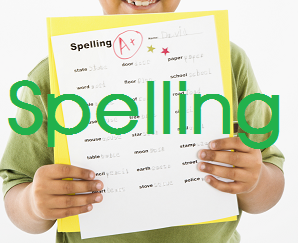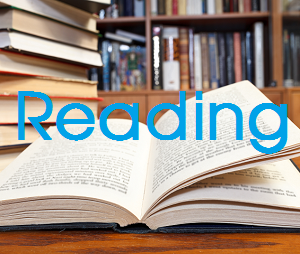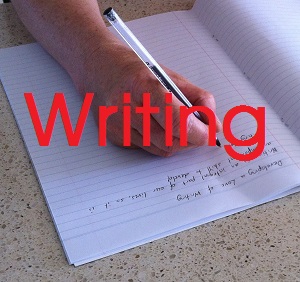Kangaroo Words
A kangaroo word is a word that contains all the letters of its own synonym, with the letters already placed in the correct order, but not necessarily adjacent to each other. For example, the word ‘masculine‘ has the synonym ‘male’ … Continued



